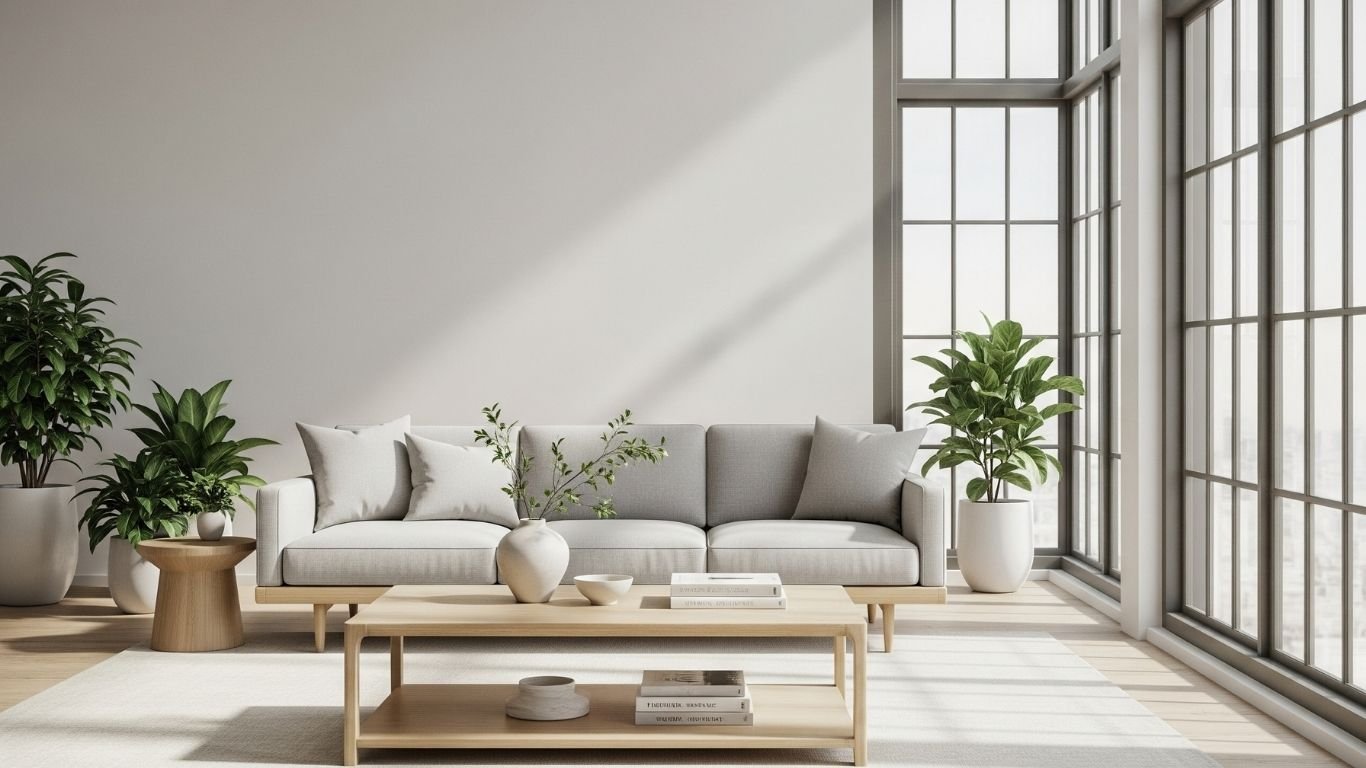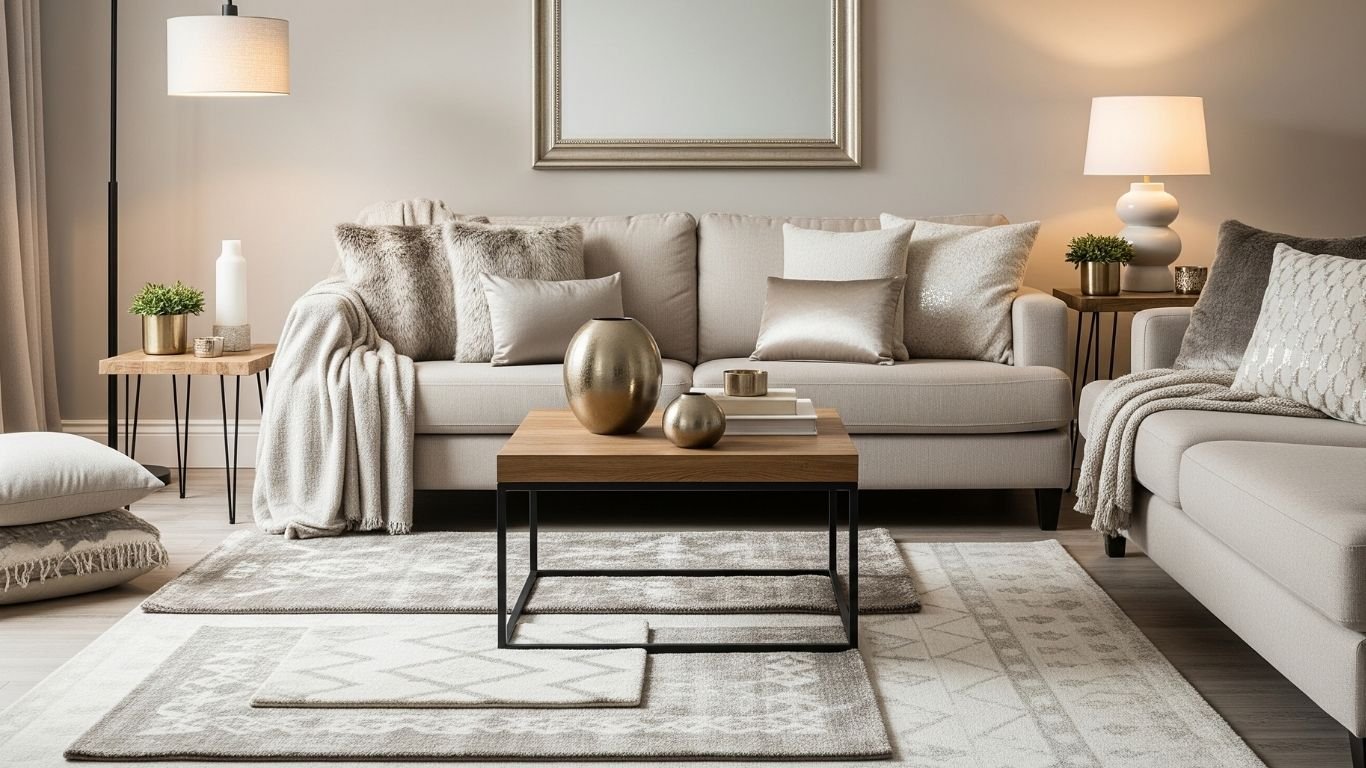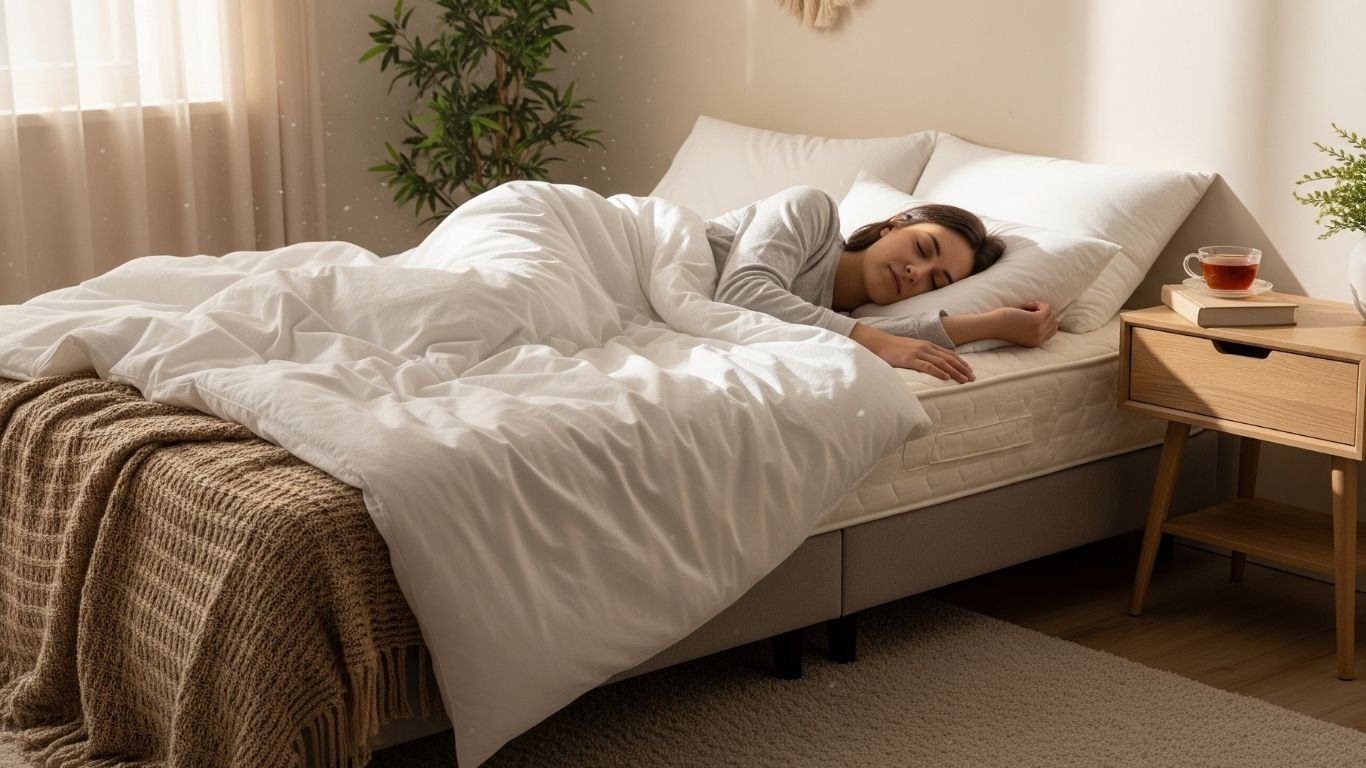Inlite Blog
- Furniture
- Trending

May 22, 2025
by Chinmay2123
Top 5 Mistakes People Make When Buying Curtain Buying Mistakes and How to Avoid Them
Introduction: The Impact of Curtain Selection on Your Home
When designing your living space, curtains play a far more significant role than many homeowners realize. These fabric furnishings don’t just provide privacy—they frame your windows, control light, contribute to energy efficiency, and can dramatically transform the aesthetic of your entire room. However, despite their importance, curtain buying mistakes are remarkably common.
Whether you’re a first-time homeowner or simply refreshing your current space, avoiding these pitfalls can save you time, money, and disappointment. This comprehensive guide details the five most prevalent curtain buying mistakes and provides practical solutions to ensure your window treatments enhance your living space perfectly.
Mistake 1: Incorrect Curtain Measurements
One of the most frequent curtain buying mistakes involves improper measurements. Curtains that don’t fit your windows properly can make your entire room look awkward and unfinished.
The Problems with Poor Measurements
When curtains are too short, they create a visual interruption that makes your ceiling appear lower than it actually is. Panels that barely touch the windowsill look outdated and can make your entire room feel less sophisticated. Conversely, curtains that are excessively long without intentional pooling collect dust and can become trip hazards.
Width issues are equally problematic. Curtains that are too narrow won’t cover your windows completely when closed and appear disproportionate when open. They also limit light control and privacy—two primary functions of window treatments.
How to Measure Correctly
To avoid this curtain buying mistake, follow these measurement guidelines:
- Height: For a modern look, mount your curtain rod 4-6 inches above the window frame (or even higher to create the illusion of taller ceilings). Measure from this point to where you want the curtains to end—either just touching the floor, hovering 1/2 inch above it, or with a 1-2 inch puddle for a more luxurious appearance.
- Width: Your curtains should be 2-3 times the width of your window to appear full when closed and elegantly gathered when open. For example, if your window is 36 inches wide, your curtains should have a combined width of 72-108 inches.
Taking precise measurements before shopping can prevent the disappointment of ill-fitting curtains and save you from costly replacements.
Mistake 2: Choosing Inappropriate Fabric for Your Needs
Another significant curtain buying mistake is selecting fabric without considering functionality. The wrong material can fail to meet your practical needs, regardless of how beautiful it may look.
Function vs. Aesthetics
Different rooms have different requirements. While sheer, lightweight fabrics might look ethereal in your living room, they provide minimal privacy and light control—potentially essential features for bedrooms or street-facing windows.
Similarly, heavy velvet drapes may offer excellent insulation and light blocking for media rooms but would be impractical in kitchens or bathrooms where moisture and stains are concerns.
Matching Fabric to Function
Consider these factors to avoid this curtain buying mistake:
- Light control: For rooms where you need darkness (bedrooms, media rooms), choose heavyweight fabrics or those with blackout linings.
- Insulation: For energy efficiency, select medium to heavyweight fabrics like velvet, suede, or lined drapes that help maintain room temperature.
- Privacy needs: Rooms facing busy streets require denser fabrics or layered solutions, while interior rooms might allow for sheerer options.
- Maintenance: High-traffic areas or homes with children and pets benefit from machine-washable fabrics like cotton blends or polyester.
By assessing your practical needs first, you can narrow your aesthetic choices to options that will perform properly in your space.
Mistake 3: Ignoring Hardware Quality and Style
Hardware might seem like a minor consideration, but overlooking it is a common curtain buying mistake that can undermine your entire window treatment.
The Impact of Hardware Choices
Low-quality curtain rods can sag under the weight of heavier drapes, creating an unsightly droop in your window treatments. Mismatched finishes or disproportionate hardware can clash with your curtains and room decor, disrupting the cohesive look you’re trying to achieve.
Selecting the Right Hardware
To avoid this curtain buying mistake, follow these guidelines:
- Rod diameter: Choose thicker rods (1-2 inches) for heavier fabrics and wider windows. Thinner rods work better with lightweight curtains and narrower windows.
- Finishes: Match your hardware finish to existing metal elements in your room for consistency. Popular options include brushed nickel, matte black, brass, and oil-rubbed bronze.
- Support: Install center brackets for rods longer than 48 inches to prevent sagging.
- Finials: Select decorative end pieces that complement your overall design aesthetic—minimalist for contemporary spaces, ornate for traditional rooms.
Quality hardware not only supports your curtains properly but also serves as a design element that enhances your window treatments.
Mistake 4: Neglecting Proper Care Instructions
A frequently overlooked curtain buying mistake is failing to consider maintenance requirements before purchase. Even the most beautiful curtains can become a source of frustration if they’re difficult to clean or prone to damage.
Maintenance Matters
Different fabrics and constructions require different care approaches. Dry-clean-only velvet curtains in a child’s playroom or machine-washable silk in a kitchen are recipes for frustration and premature replacement.
Assessing Care Requirements
Before finalizing your curtain selection:
- Read care labels carefully: Understand what cleaning methods are required before, not after, purchase.
- Consider your lifestyle: Households with pets, children, or allergies may need machine-washable options.
- Think about frequency: Curtains in kitchens, bathrooms, or high-traffic areas require more frequent cleaning than those in formal dining rooms or guest bedrooms.
- Budget for care: If dry cleaning is necessary, factor this recurring cost into your overall budget for the curtains.
By anticipating care needs, you can avoid the curtain buying mistake of selecting beautiful but impractical window treatments for your lifestyle.
Mistake 5: Overlooking Room Coordination
The final major curtain buying mistake is choosing curtains in isolation without considering how they’ll interact with your existing décor and room architecture.
The Harmony Factor
Curtains occupy significant visual space in any room. When they clash with your color scheme, compete with patterned furniture, or fight against architectural features, they can disrupt the entire aesthetic you’ve worked to create.
Coordinating Successfully
To avoid this curtain buying mistake:
- Color harmony: Choose curtains that either complement or intentionally contrast with your wall color. Bring fabric samples home to test against your actual lighting and color scheme.
- Pattern balance: If your room already features bold patterns in upholstery or rugs, consider solid curtains or subtle textures that won’t compete. Conversely, patterned curtains can add visual interest to rooms with mostly solid furnishings.
- Architectural consideration: Let your home’s style guide your curtain selection—flowing linens complement coastal homes, while structured panels might better suit modern interiors.
- Room purpose: Consider the mood you want to create. Heavy, dramatic curtains set a formal tone, while light, airy fabrics create casual, relaxed atmospheres.
By viewing curtains as an integral part of your overall design scheme rather than an afterthought, you’ll create a cohesive, intentional look.
Conclusion: Investing in the Right Curtains
Avoiding these common curtain buying mistakes requires thoughtful planning, but the results are well worth the effort. When selected correctly, curtains not only serve their practical purposes but also elevate your entire space. They frame your views, enhance your décor, and create the atmosphere you desire.
By taking accurate measurements, choosing appropriate fabrics, investing in quality hardware, understanding care requirements, and coordinating with your room design, you can select window treatments that you’ll enjoy for years to come. Remember that curtains are not just functional items but important design elements that deserve careful consideration.
People Also Ask
1. How high should I hang my curtain rod above the window?
For a modern look, position your curtain rod 4-6 inches above the window frame, or even higher (up to the ceiling) to create the illusion of height in your room.
2. What’s the best fabric for bedroom curtains?
Cotton, polyester, and microfiber with blackout linings are excellent choices for bedrooms, offering privacy, light control, and ease of maintenance.
3. How much wider should curtains be than the window?
For proper fullness, your curtains should be 2-3 times wider than your window. This ensures they look full when closed and elegantly gathered when open.
4. Can I wash curtains that say dry clean only?
It’s risky to machine wash dry-clean-only curtains as it may cause shrinkage, color fading, or fabric damage. Always follow manufacturer care instructions to preserve your investment.
5. Should curtains touch the floor?
In most contemporary designs, curtains should either just touch the floor, hover 1/2 inch above it, or have a 1-2 inch puddle for a more luxurious look. Significantly shorter curtains tend to look outdated.Ready to transform your windows without making these common curtain buying mistakes? Visit Inlite Furnishing today for expert guidance, premium fabrics, and professional installation that will elevate both the function and beauty of your space. Our design consultants are ready to help you select the perfect window treatments for your home.
Share on facebook
Share on pinterest
Share on linkedin
Share on telegram
Related Posts
September 4, 2025
How Can Minimalist Furniture Transform Your Space?
August 21, 2025
Which Mattress Gives You the Best Night’s Sleep?
Categories
- Blog (40)
- curtains (6)
- Decoration (3)
- Fabric (10)
- Furniture (4)
- Interior Design (15)
- Uncategorized (1)
Recent posts
- How Can Minimalist Furniture Transform Your Space? September 4, 2025
- What Are the Best Budget Home Decor Ideas That Look Luxurious? August 28, 2025
- Which Mattress Gives You the Best Night’s Sleep? August 21, 2025
- Luxury Furnishing Tips: How to Make Your Home Look Expensive on a Budget August 14, 2025
- A Complete Guide to Choosing the Right Sofa Fabric for Your Lifestyle August 7, 2025
Archive
Follow us





